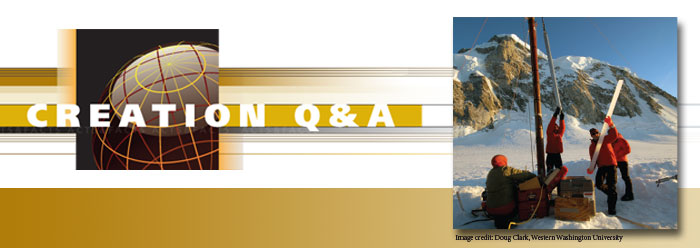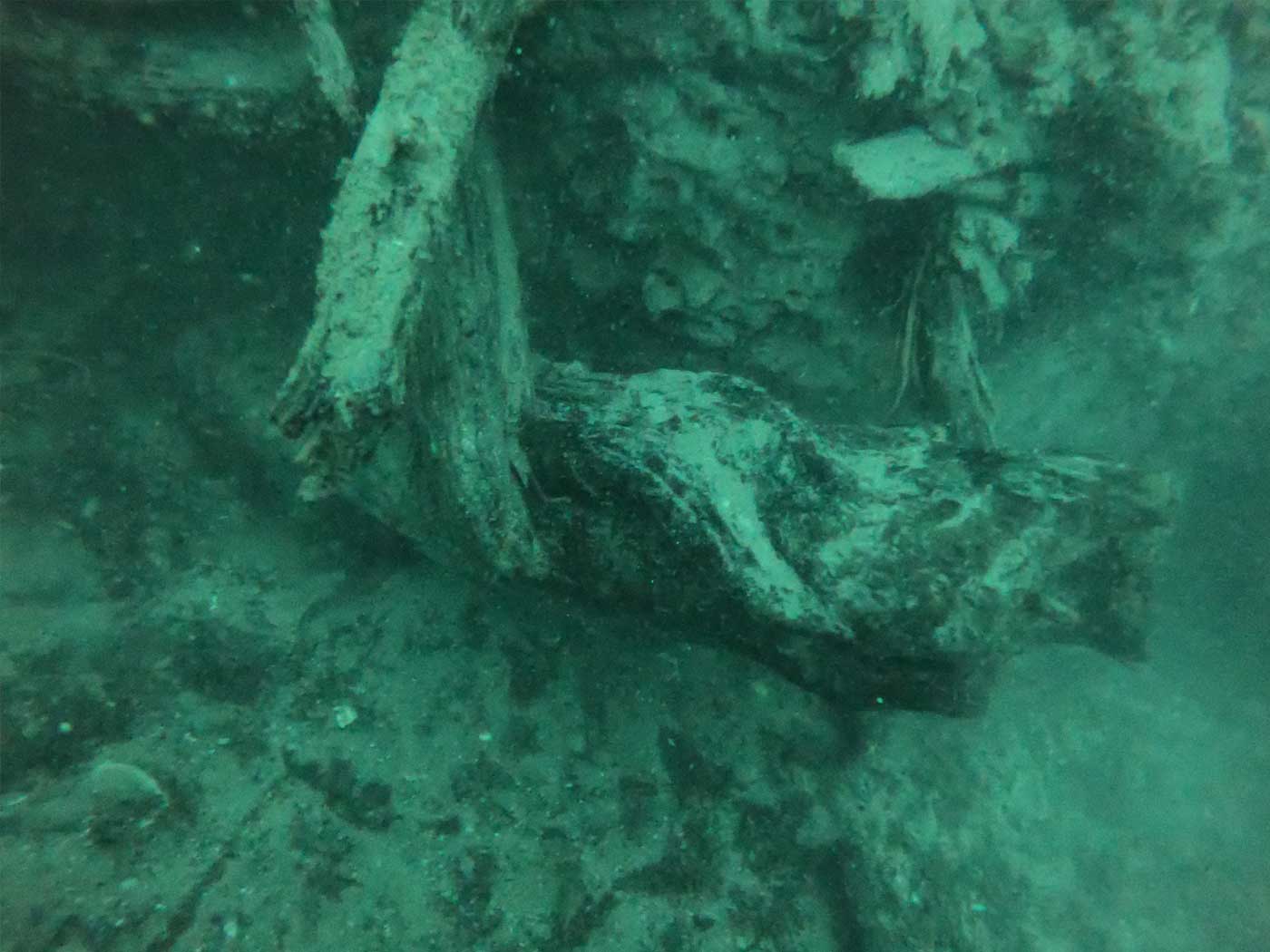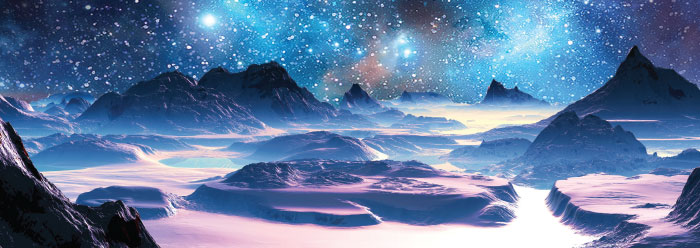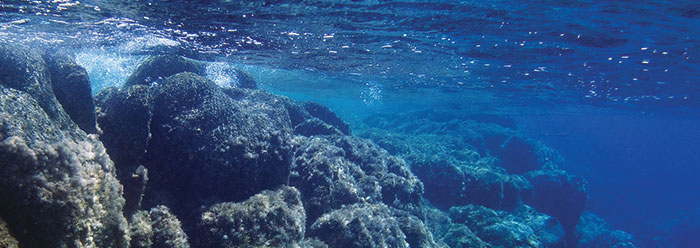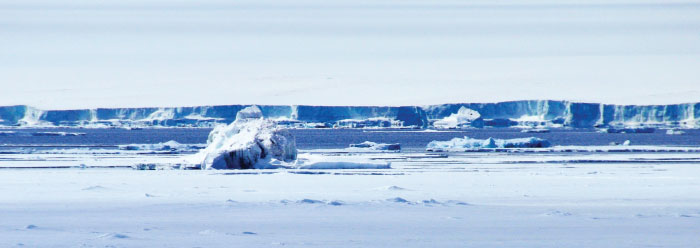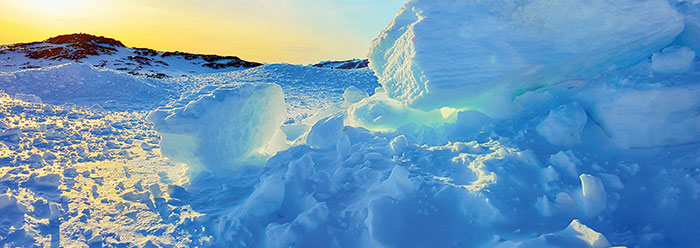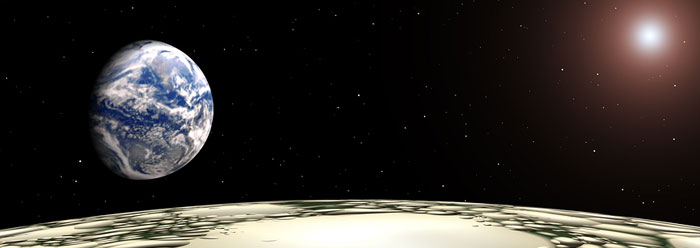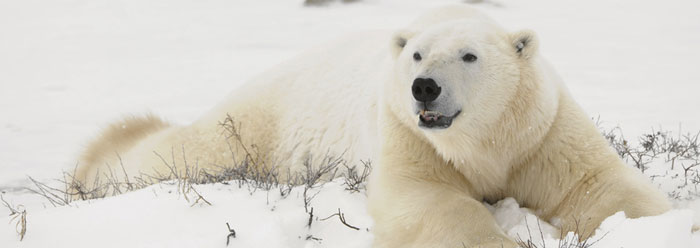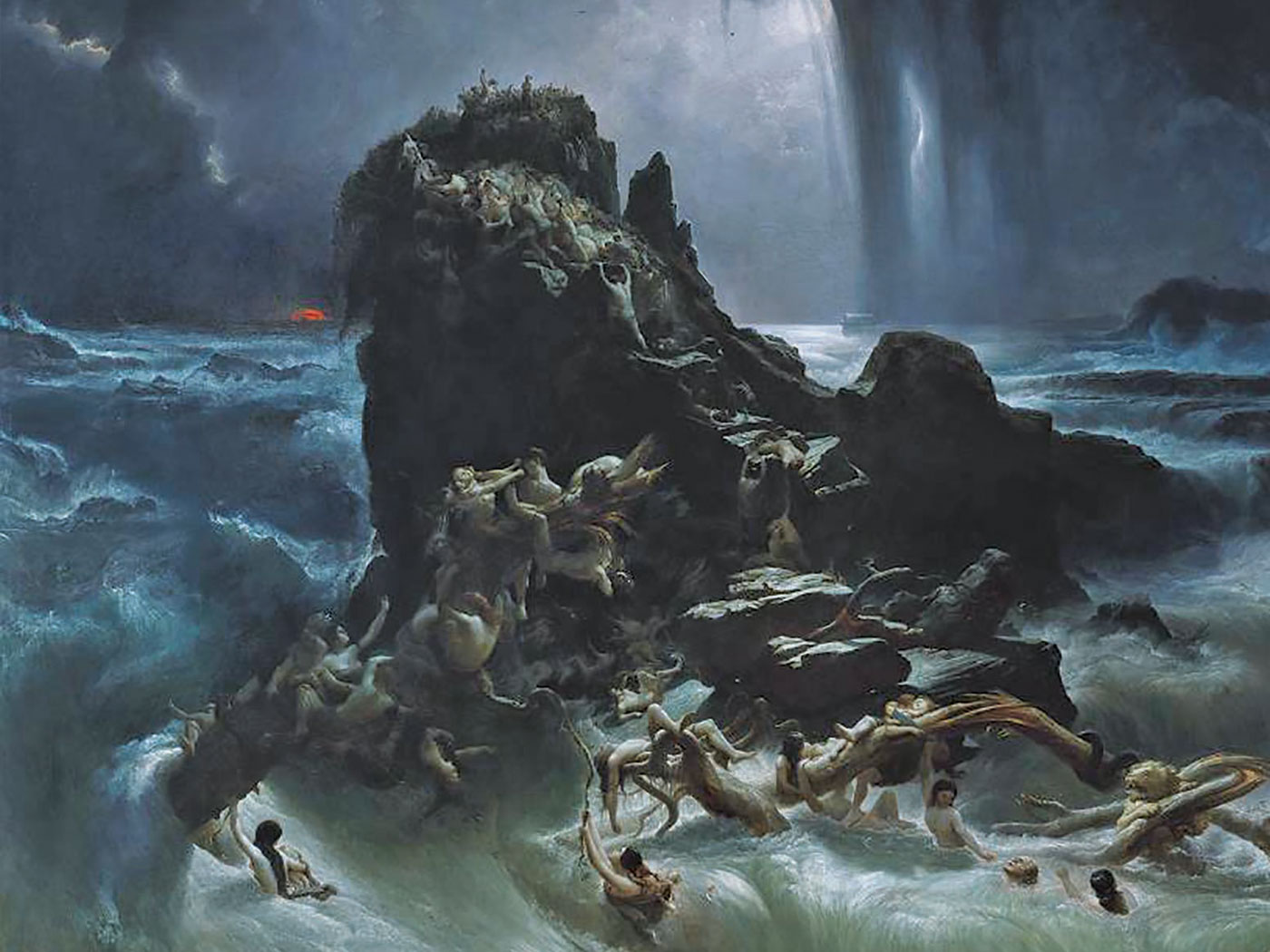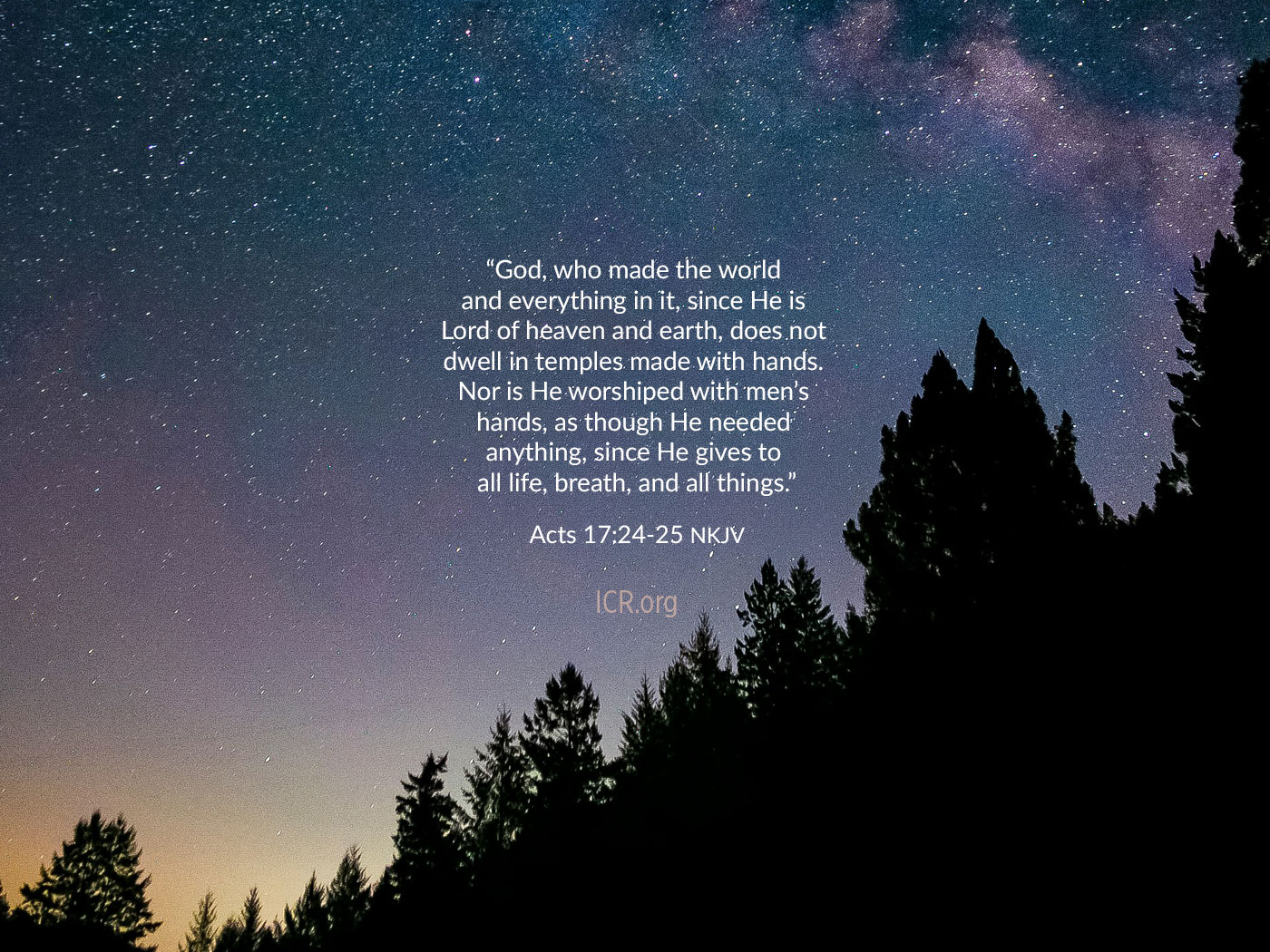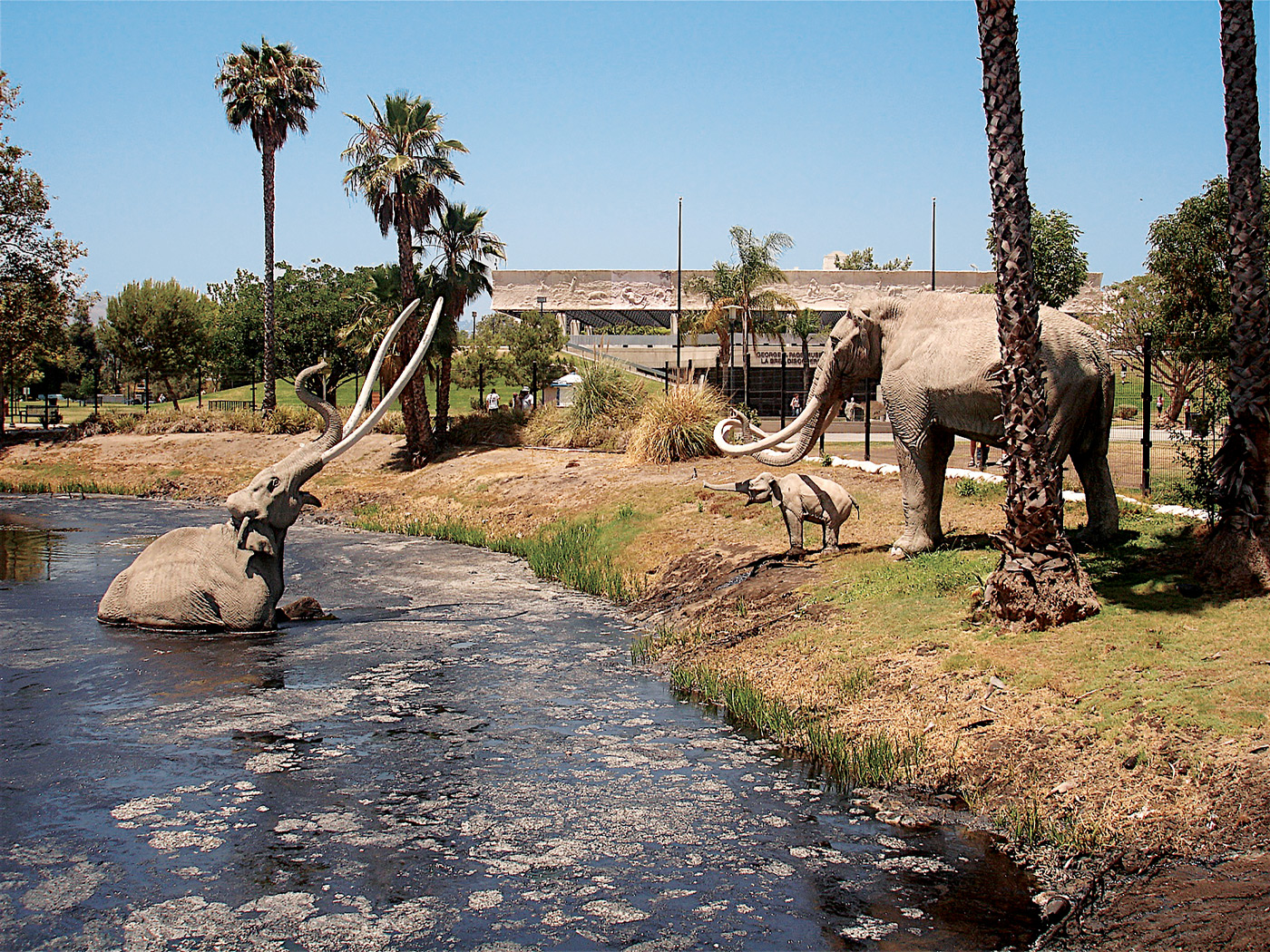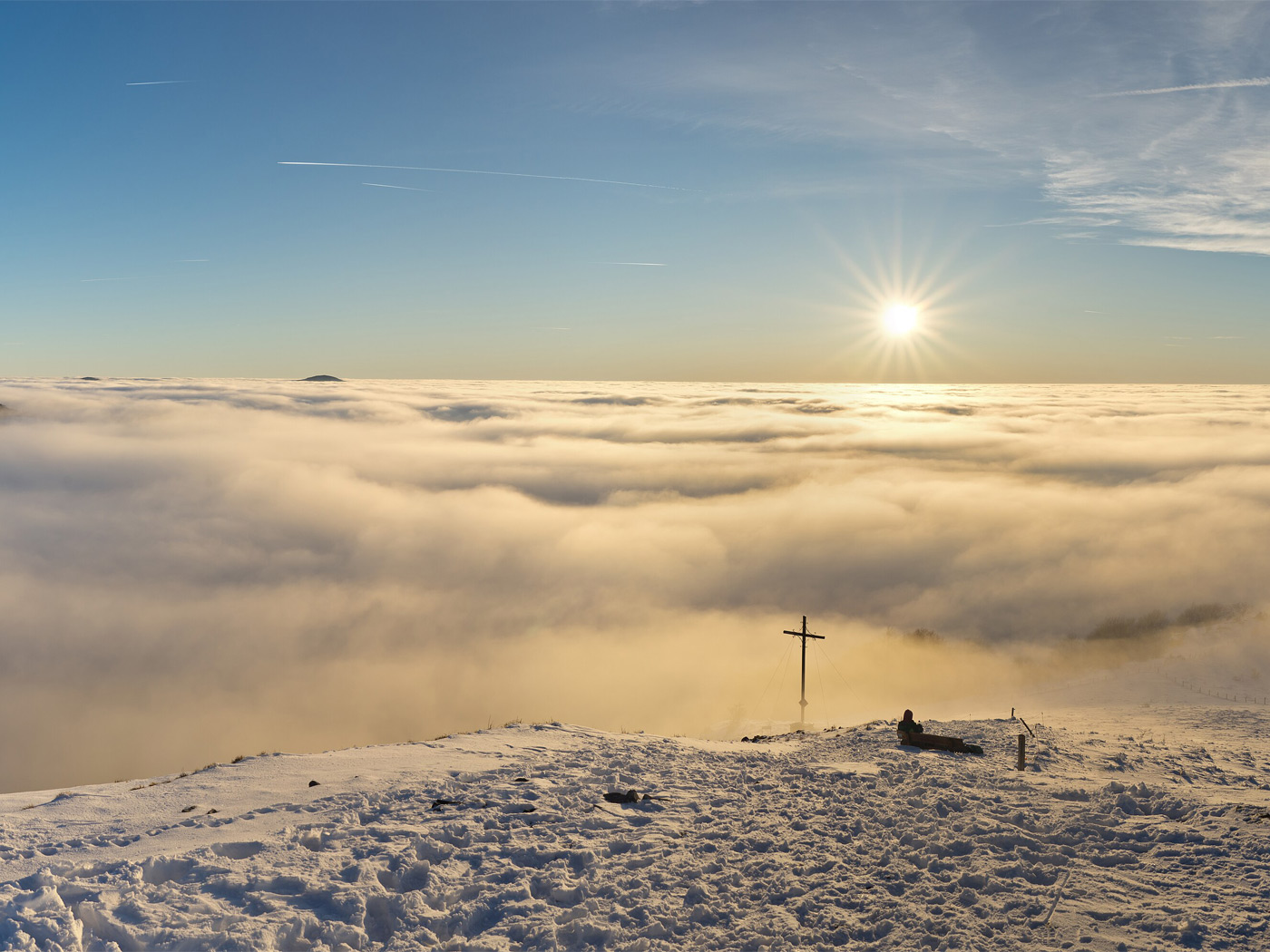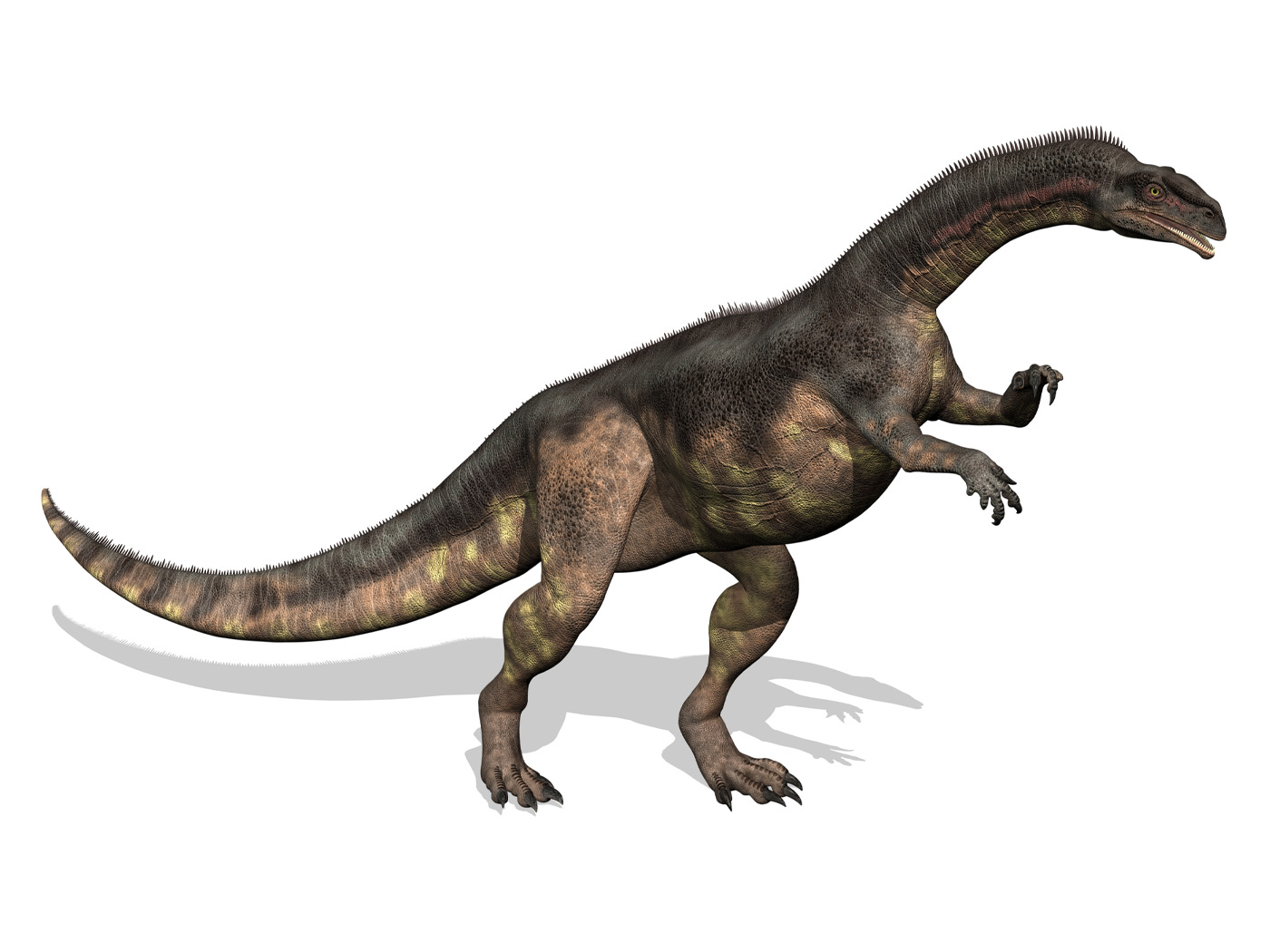by Brian Thomas, M.S., and Jake Hebert, Ph.D. *
Glaciologists drill and extract cylindrical cores from high-latitude ice sheets and use different techniques to estimate the cores’ age at certain depths. Bible skeptics, like recent debater Bill Nye,1 claim these ice cores contain hundreds of thousands of annual layers, far too many for the Bible’s short timescale. However, two “dating details” negate this challenge.
The first dating detail exposes circular reasoning, which occurs when one assumes a particular outcome in arguing for that same outcome. In the Greenland ice sheet, clear seasonal layers are found only in the upper parts of the cores, but in central Antarctica less snowfall and blowing snow prevent clear seasonal layering. Because ice layers become less distinct at greater depths, simply discerning deeper layers becomes more difficult. Thus, researchers usually “date” ice cores with theoretical models called “glacial flow models”—and these models assume evolutionary time.2,3 Not surprisingly, they yield vast ages.4
Counting layers sounds straightforward, but circular reasoning even shows up here. For example, secular scientists dated the Greenland GISP2 ice core by counting what they presumed were annual patterns of, among other features, dust, volcanics, isotopes, and ions in the ice. They assigned an “age” of about 85,000 years to the 2,800-meter depth back in 1994. However, other scientists produced a “SPECMAP” timescale based on the idea that seafloor sediments were deposited slowly and gradually for many thousands of years. Their SPECMAP predicted that the GISP2 ice should have been 25,000 years older at that 2,800-meter depth. Workers then re-counted dust layers and conveniently found the “missing” 25,000 supposed years.5 Secular expectations guided their age-dating procedures in a tight circle that excluded the biblical record.
The second dating detail questions whether or not each layer represents a year. A single large storm can deposit multiple layers that might look like annual layers, and multiple dust layers may also be deposited within a single year.6 No modern scientist watched the ice sheets form, so it’s possible that storms or phases within a storm, not whole winters, deposited many of them. This would have been especially true during the post-Flood Ice Age, a time of numerous storms and volcanic eruptions.7
Ironically, the hundreds of thousands of supposedly annual layers are far too few for old-earth expectations. For instance, secular scientists expected the bottom of the GISP2 core to be more than 200,000 years old.8 Yet, even after their convenient re-count of the bottom part of the core, they could only find about 110,000 supposed “annual” layers. Thus, even after forcing the data into old-earth assumptions, they still didn’t find enough layers to fit their expectation of many hundreds of thousands of years.9
These two important details derail the ice-core argument for an old earth: layers are not necessarily annual, and researchers employ circular reasoning to adjust counts to fit the vast ages they expect. The volcanism during the Flood year would have warmed ocean water enough for increased evaporation and precipitation to rapidly build the ice sheets.7 A post-Flood ice age best explains the origin of today’s ice sheets.
References
- Thomas, B. Nye vs. Ham Debate: No True Scotsman. Creation Science Update. Posted on icr.org February 7, 2014, accessed March 3, 2014.
- Paterson, W. S. B. 1991. Why ice-age ice is sometimes “soft.” Cold Regions Science and Technology. 20 (1): 75-98.
- Because these models assume ice sheets have lasted for millions of years, they automatically designate an enormous number of presumed “annual” layers.
- Representing the anti-creation side in a recent debate, Bill Nye mentioned a 680,000-year-old Antarctic core. This number was not obtained by counting annual layers but by theoretical flow models.
- Meese, D. A. et al. 1997. The Greenland Ice Sheet Project 2 depth-age scale: Methods and results. Journal of Geophysical Research. 102 (C12): 26411–26423.
- Alley, R. B. et al. 1997. Visual-stratigraphic dating of the GISP2 ice core: Basis, reproducibility, and application. Journal of Geophysical Research. 102 (C12): 26367–26381.
- Hebert, J. 2013. Was There An Ice Age? Acts & Facts. 42 (12): 20.
- Schøtt, C., E. D. Waddington, and C. F. Raymond. 1992. Predicted time-scales for GISP2 and GRIP boreholes at Summit, Greenland. Journal of Glaciology. 38 (128): 162-168.
- Secular scientists should not claim that laterally flowing ice moved lower layers because deep ice cores such as GISP2 are drilled in locations where the ice is expected to move straight down as it thins. Also, the icy bottom at GISP2 is well below the pressure melting point, so melting seems unlikely.
* Mr. Thomas is Science Writer at the Institute for Creation Research. Dr. Hebert is Research Associate at the Institute for Creation Research and received his Ph.D. in physics from the University of Texas at Dallas.




